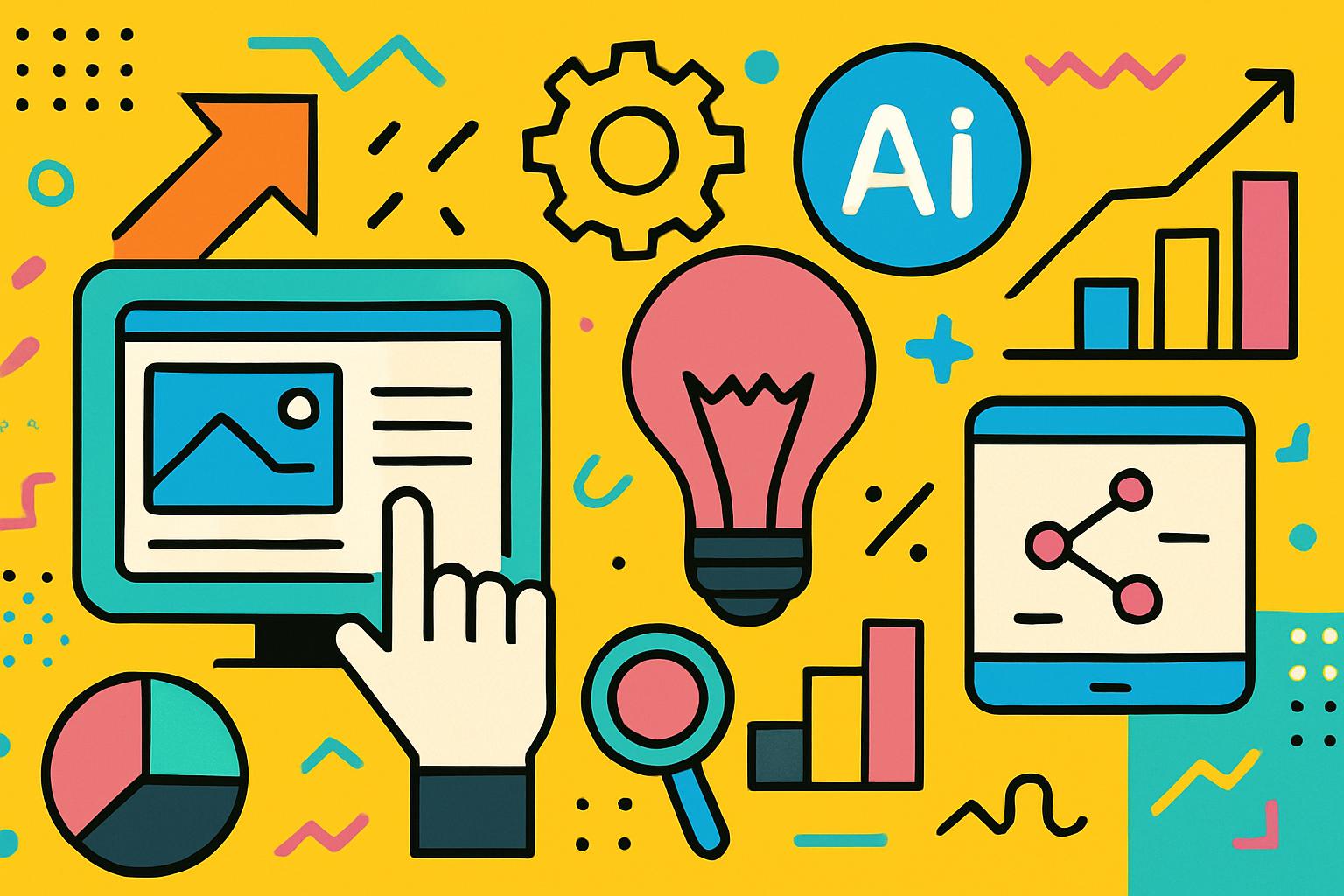Technology that understands emotions could change how we interact with machines, making exchanges feel more intuitive and meaningful. But as emotionally intelligent systems become more common, they also raise ethical questions about influence and transparency. How do we balance progress with the need for trust and accountability?
How Emotionally Intelligent Chatbots Could Change Human-Technology Interaction
AI Is on the Verge of Its Biggest Upgrade Yet: Emotional Intelligence has sparked an important conversation around what it means for artificial intelligence to truly connect with us. For many users, interacting with advanced conversational systems remains frustrating due to their inability to engage in nuanced, emotionally aware dialogues. What if the next step in intelligent design could make these interactions more human-like, more intuitive, and even more productive?
Why Emotional Intelligence Is Important for Human-Technology Connections
As we rely more on artificial intelligence systems in customer service, negotiation, and personal assistance, it’s clear that transactional exchanges aren’t enough. People value genuine empathy and adaptability—qualities that traditional bots often miss. Two recent studies detailed in Yahoo Finance show how researchers are beginning to address this challenge by integrating emotional intelligence as a core functionality.
The first study introduces the concept of embedding consistent personality traits into chatbot models. Inspired by frameworks like the Myers-Briggs Type Indicator (MBTI), this method ensures that interactions feel predictable and relatable. Whether you need a calm, empathetic assistant or a results-driven advisor, consistent personality traits make for smoother interactions.
Meanwhile, the second study looks at how systems can adapt their emotional tone in real time to match the natural ebb and flow of a conversation. For example, a negotiation bot might begin conversations gently but gradually become firmer as stakes escalate. This adaptive emotional strategy isn’t just about better communication—it visibly improves measurable outcomes, such as task success and efficiency.
Practical Applications of Emotional Intelligence in Everyday Tools
Consider common frustrations with existing digital assistants. Whether it’s a customer-service bot that struggles to handle nuance or a sales assistant that simply pushes products, the lack of emotional awareness can feel mechanical and disengaging. By integrating psychological frameworks, as seen in MBTI-based models, businesses can create more personalized solutions built around individual customer needs.
For businesses, this means more than improving user experience—it directly impacts performance. The studies show that emotionally aware systems perform better in critical areas like negotiations, where adaptive emotional strategies have been demonstrated to save costs and increase satisfaction rates.
Additionally, this emotional adaptability could help reduce risks in sensitive scenarios. Recent reports have described situations where chatbots inadvertently encouraged harmful behavior due to a lack of emotional control. Research like this could lead to systems that are not only safer but also capable of building trust by reflecting human-like intuition.
What Does This Mean for the Future?
These developments highlight a shift toward integrating systems that don’t just process inputs but truly “listen” and respond with emotional intelligence. While promising on the surface, it raises ethical questions. If a machine’s emotional strategies can influence our decisions, where should boundaries be drawn? Transparency in how these models are built and regulated will be key in the coming years.
The idea of emotionally intelligent machines influencing everyday life challenges businesses and developers to reconsider how they approach their conversational tools. If you’re aiming to offer more than basic functionality in your solutions, embedding emotional frameworks may soon become necessary to connect with users on a deeper level.
What’s Next for Emotionally Intelligent Technology?
Imagine a customer service bot that knows how to ease frustration or a personal assistant that mirrors the patience of a good listener when you’re having a tough day. These aren’t futuristic ideas—they’re the natural progression of where human-tech connection is heading. For companies considering how to incorporate intuitive, emotionally responsive solutions, now is the time to act.
What do you think about the idea of emotionally aware systems shaping how we interact with technology? Would this improve your day-to-day experiences, or does it raise concerns about how far technology is going? Let’s continue the conversation together.
—
You can read the original article here.
Image Credit: GPT Image 1 / Polygon Art.
Make your own custom style AI image with lots of cool settings!
—
Want to get the RAIZOR Report with all the latest AI news, tools, and jobs? We even have a daily mini-podcast version for all the news in less than 5 minutes! You can subscribe here.
RAIZOR helps our clients cut costs, save time, and boost revenue with custom AI automations. Book an Exploration Call if you’d like to learn more about how we can help you grow your business.







